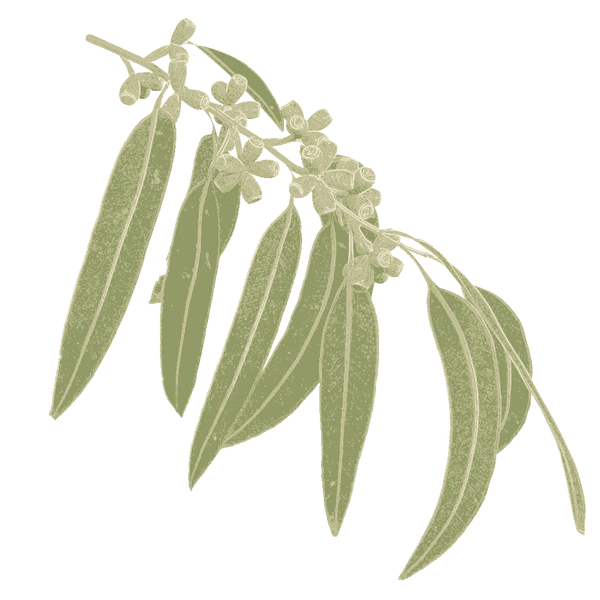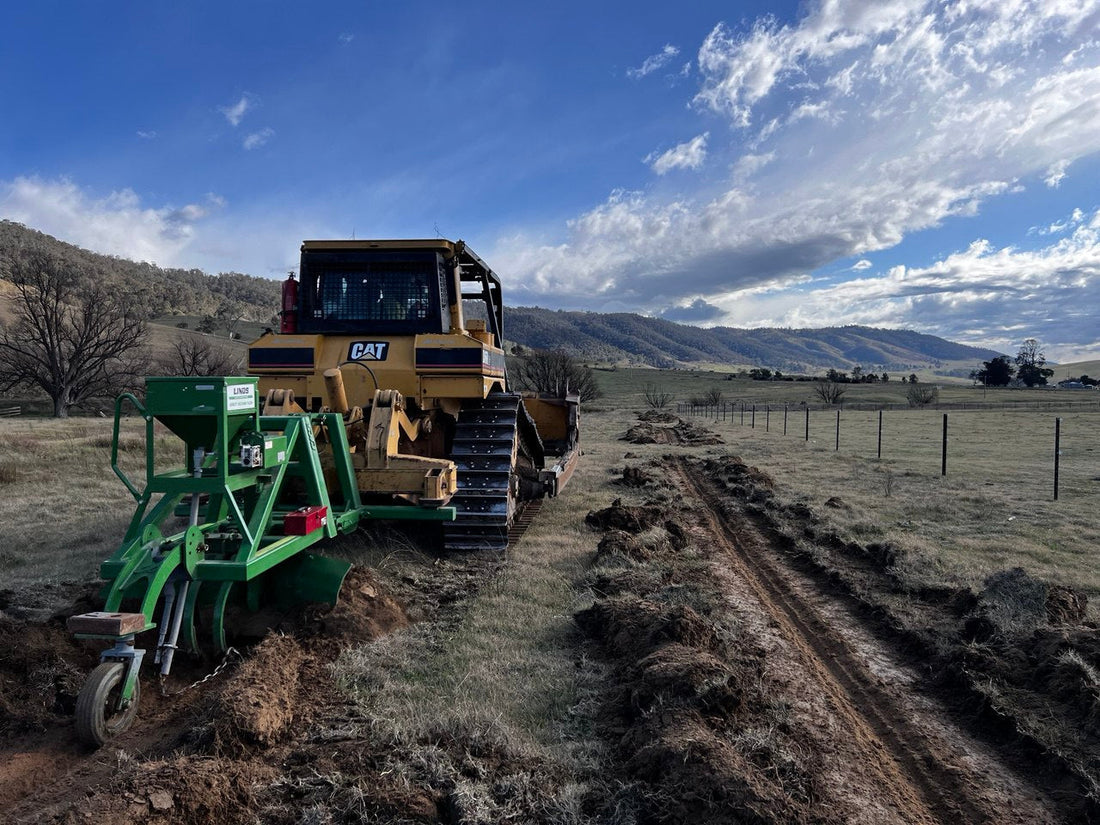At Native Seed Victoria, we’re passionate about supporting ecological restoration that respects the environment’s natural rhythms. One of the most effective and sustainable methods for revegetation is direct sowing — a technique that harnesses nature’s own way of spreading plants, helping to regenerate landscapes with minimal disturbance and maximum ecological benefit.
What is Direct Sowing?
Direct sowing involves spreading native seed directly onto prepared sites without raising seedlings in nurseries first. This method allows seeds to germinate naturally in their target environment, encouraging robust, site-adapted plant growth.
Why Choose Direct Sowing?
According to guidelines from Florabank — direct sowing offers numerous advantages:
-
Cost-effective and time-saving: Growing seedlings in nurseries requires labor, infrastructure, and ongoing care, which can be expensive and time-consuming. Direct sowing skips these steps by placing seed straight into the soil, reducing upfront costs and speeding up project timelines.
-
Supports natural regeneration processes: Direct sowing mimics how plants naturally propagate in the wild. Seeds interact with the soil’s existing microbes and respond to natural weather patterns, resulting in healthier and more resilient plants better adapted to local conditions.
-
Encourages genetic diversity: When seed is collected and sown directly from local provenance, it maintains the genetic diversity of native populations. This diversity is critical for ecosystem resilience, helping plant communities adapt to changing climates and environmental pressures.
-
Minimizes transplant shock: Seedlings grown in nurseries often face stress when transplanted to field conditions, which can lead to poor survival rates. Direct sowing avoids this transplant shock because plants germinate and grow in situ, naturally acclimated from the start.
-
Reduces environmental impact: With fewer nursery operations, direct sowing reduces energy use, water consumption, and waste associated with seedling production. It also decreases the need for plastic pots and other nursery materials, supporting more sustainable restoration practices.
-
Flexible for large or remote sites: Direct sowing is ideal for large-scale projects or areas difficult to access with heavy machinery. Seeds can be spread by hand, mechanical spreaders, or even aerially, making it a versatile approach for diverse restoration contexts.
Direct Sowing vs. Tubestock Planting: Which is Right for Your Project?
While direct sowing offers many benefits, it’s important to consider how it compares to traditional tubestock planting to make the best choice for your restoration needs.
Direct Sowing Pros:
-
Cost-effective, especially for large areas.
-
Supports natural plant establishment and genetic diversity.
-
Avoids transplant shock and reduces environmental footprint.
-
Suitable for hard-to-access or large sites.
Direct Sowing Cons:
-
Germination can be unpredictable due to weather or soil conditions.
-
Seedlings grow slowly initially.
-
Seeds can be vulnerable to predation.
-
Requires thorough site preparation and weed management.
Tubestock Planting Pros:
-
Higher initial survival and faster visual growth.
-
Less dependent on immediate weather for establishment.
-
Allows targeted planting and easier weed control.
Tubestock Planting Cons:
-
More expensive and labor-intensive.
-
Potential transplant shock stresses plants.
-
May reduce genetic diversity if seed sourcing is limited.
Best Practices for Successful Direct Sowing
Florabank provides detailed guidance on seed preparation and site readiness to maximize germination success:
-
Site Preparation: Clear competing vegetation and prepare the soil surface to create a good seedbed with appropriate moisture and aeration.
-
Seed Quality: Use high-quality, locally sourced seed with known provenance, free from contaminants.
-
Timing: Sow seeds in seasons when natural conditions favor germination, usually autumn or early winter.
-
Seed Mix: Consider mixing seed with an inert carrier (like sand) to aid even spreading.
-
Monitoring: Regularly monitor the site post-sowing to assess germination and address any issues like invasive weeds or soil erosion.
Our Commitment at Native Seed Victoria
At NSV, we support restoration projects with ethically collected, regionally appropriate native seed ideal for direct sowing. We understand the importance of timing, provenance, and seed quality in achieving successful outcomes for the environment and the communities that depend on it.
If you’re considering a restoration or revegetation project, direct sowing could be the efficient, eco-friendly solution you need to restore Victoria’s natural landscapes.

